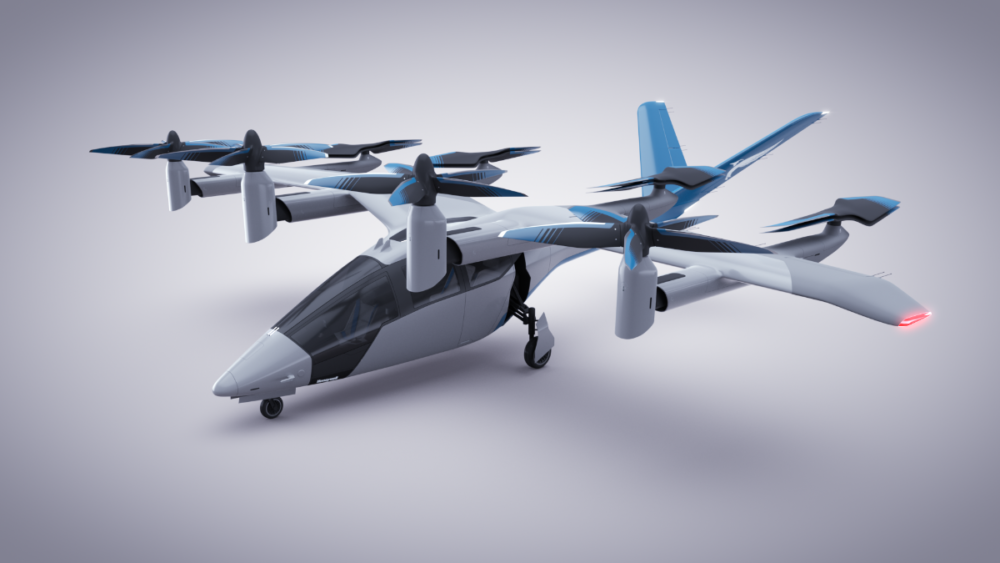Everything seems to indicate that the future of cars is electric. However, automotive industry is facing a real challenge when it comes to the charging infrastructure. In comparison to gasoline cars, which can be refuelled in minutes, almost everywhere, recharging an electric car is definitely more complex. Due to that automotive brands constantly come up with new ideas and projects concerning chargers, which simplify charging process.

Volkswagen Group has recently developed a mobile electric vehicle charger that can autonomously reach parking area, recharge electric vehicle and then came back to its dock station without the intervention of humans.
The charging robot prototype can be started via an app launched by the vehicle owner as well as through communication with the car itself. Once the connecting process begins, the mobile charger turns on — its “face” lights up, and two digital eyes open on the display. Afterwards it takes the battery trailer, heads for the vehicle and plugs it into the charging socket. The mobile charger opens the charging socket flap as well as connects or disconnects the plug fully autonomously. The mobile charger is also able to move and then connect the vehicle to an energy storage unit. When car is done charging the robot collects the battery and brings it back to the charging racks. The charging system is designed especially with a view to VW models, although it should work with other electric vehicles.
The mobile charging robot doesn’t have a release date yet. The company communicated that it has reached prototype status and it will be “comprehensively further developed.” Volkswagen is already building out large fast-charging networks in the US and Europe as well as creating various charging products including a DC wallbox that charges up to 22 kilowatts. “Setting up an efficient charging infrastructure for the future is a central task that challenges the entire sector,” Volkswagen Group Components CEO Thomas Schmall said in a statement. “We are developing solutions to help avoid costly stand-alone measures. The mobile charging robot and our flexible quick-charging station are just two of these solutions.”
The prototype, which VW Group created, shows that automakers focuses on expanding charging infrastructure over the next few years to meet the expected demand that will arise as car manufacturers produce and sell more electric vehicles which are gaining in popularity lately.
https://www.theverge.com/2020/12/28/22202913/volkswagen-charging-robot-electric-cars-vw
https://www.engadget.com/vw-mobile-ev-charging-robot-prototype-164836111.html




















